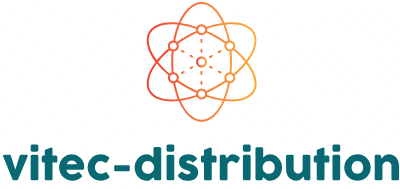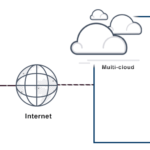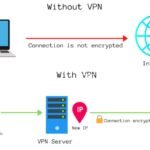How Audio Conferencing Enhances Remote Work Collaboration
- By -Mash
- Posted on
- Posted in Audio Conference
In the era of remote work, maintaining effective collaboration among distributed teams can be challenging. Audio conferencing, despite the rise of video and chat platforms, remains a vital tool for enhancing remote work collaboration. This article explores how audio conferencing contributes to seamless communication, effective teamwork, and overall productivity in a remote work environment.

Bridging Communication Gaps
Immediate Interaction: Audio conferencing facilitates real-time communication, allowing team members to connect instantly, regardless of their location. This immediacy helps bridge communication gaps that might arise from time zone differences or physical separation.
Clarifying Discussions: With audio conferencing, team members can engage in detailed conversations and quickly clarify misunderstandings. This direct interaction reduces the chances of miscommunication, ensuring that everyone is on the same page.
Simplifying Meetings: Audio conferencing provides a straightforward method for conducting meetings without the need for complex setups. This simplicity allows teams to focus on the content of their discussions rather than technical difficulties.
Enhancing Team Collaboration
Facilitating Quick Decisions: Real-time audio discussions enable teams to make decisions more swiftly. Immediate feedback and interactive dialogue allow for faster consensus and action, which is crucial for maintaining momentum in remote projects.
Supporting Brainstorming Sessions: Audio conferencing is effective for brainstorming sessions where team members can freely share ideas and build upon each other’s contributions. This collaborative environment fosters creativity and innovation, even in a remote setting.
Coordinating Tasks and Projects: Regular audio conferences help in coordinating tasks and tracking project progress. Teams can discuss project updates, assign responsibilities, and address any issues promptly, ensuring that everyone remains aligned with project goals.
Promoting Inclusivity and Engagement
Ensuring Participation: Audio conferencing ensures that all team members, regardless of their location or equipment, can participate in meetings. This inclusivity helps in maintaining engagement and ensures that every team member has a voice in discussions.
Encouraging Equal Input: By using audio conferencing, teams can implement structured turn-taking, allowing all participants to contribute equally. This balanced participation fosters a collaborative environment where diverse perspectives are valued.
Building Team Cohesion: Regular audio interactions help build rapport and strengthen relationships among remote team members. Engaging in voice conversations fosters a sense of connection and teamwork, reducing feelings of isolation often associated with remote work.
Supporting Effective Communication
Enhancing Focus: Audio conferencing reduces visual distractions, allowing participants to concentrate on the conversation. This focus helps in maintaining the flow of discussion and ensuring that important points are communicated clearly.
Improving Accessibility: Audio conferencing is accessible from a wide range of devices, including phones and computers. This accessibility ensures that team members can join meetings regardless of their technological capabilities or internet quality.
Managing Time Zones: For global teams, audio conferencing helps in managing time zone differences by providing a flexible platform for scheduling meetings. This flexibility ensures that team members from different regions can collaborate effectively without the need for overlapping work hours.
Overcoming Challenges in Remote Collaboration
Addressing Connectivity Issues: While audio conferencing does not rely on high-speed internet, it is still essential to address connectivity issues that may affect the quality of the call. Providing clear instructions for joining the call and troubleshooting common problems can help minimize disruptions.
Minimizing Background Noise: To maintain the clarity of discussions, participants should use features like mute buttons when not speaking and join from quiet environments. Addressing background noise helps in keeping conversations clear and focused.
Tracking Meeting Outcomes: Following up on meetings with summaries and action items is crucial for effective collaboration. Distributing meeting minutes helps ensure that everyone is aware of their responsibilities and progress is tracked efficiently.
Integrating with Other Tools
Combining with Messaging Platforms: Integrate audio conferencing with team messaging platforms to enhance communication. Use messaging apps for quick updates and document sharing before or after audio calls to complement the real-time discussion.
Supplementing with Video Calls: While audio conferencing is effective, occasional video calls can provide additional context and visual cues. Using a combination of audio and video conferencing can enhance communication and collaboration.
Leveraging Collaborative Software: Combine audio conferencing with collaborative tools, such as shared documents and project management software, to streamline workflows and ensure that all team members have access to necessary resources.
Conclusion
Audio conferencing is a powerful tool that enhances remote work collaboration by bridging communication gaps, facilitating quick decision-making, and promoting inclusivity. By supporting effective communication and addressing remote work challenges, audio conferencing helps teams maintain productivity and cohesion. Integrating audio conferencing with other collaboration tools further enhances its effectiveness, ensuring that remote teams can work together seamlessly and achieve their goals.



